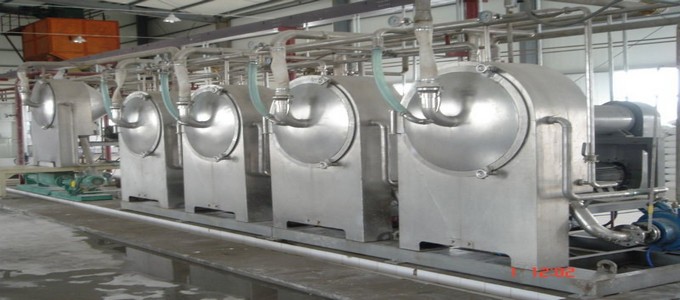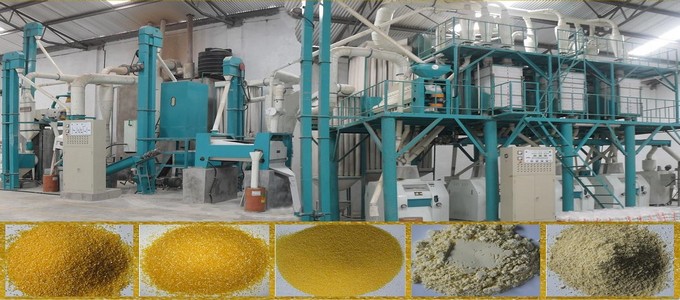Cassava Production Processes

Cassava Collection
After the cassava is conducted to the factory by truck, it will then have to pass through the considering process. Through the next step, the cassava will be indiscriminately selected to test the amount of starch by consuming the object floating in fluid or liquid, in order to appraise the selling cost. The cassava will then be decanted together on the concrete floor, waiting for the manufacturing process further.
The research process and washing procedure for Cassava (Washing)
The cassava that has been through the excellence quality inspection procedure will be sent to sieve to discrete the soil and sand. The cassava is than sent to the washing process to clean up the residue. The cassava is then sent to the hewing and flaking machine to minimize the size of the cassava and distinct the peel before inflowing the grinder.
Cassava grinding process (Rasping)

The clean cassava is directed to the grinder to chop it into sizes of 1 or 2 inches. These small cassava pieces will be decanted into the scraper or pounding machine, which is positioned underneath. This procedure is to observe the smaller pieces of cassava in imperative to enhance the effectiveness for the extraction of starch.
Cassava pounding process (Rasping)

After that, water will be additional to the mashed potato and sent to the extractor to cutting the starch from the cellulose. Generally, the extraction procedure is carried out numerous times. Record factories usually use 3 sets of extractors; though, large factories might use 4 continuous sets. First set will be uneven extraction using mesh with a size of 60-80 mesh and the last set will be satisfactory extraction by using the riddle with a size of 90 meshes. This procedure, they usually add sulfuric acid to inhibit the functionality of micro organisms, which vicissitudes starch molecules into lactic acid. Cassava Pulp from the extraction procedure contains large amounts of water and low starch content. Cassava Pulp will be extracted from the starch water in order to be presented into the waste compactor and to be dehydrated in the sun, to be varied as animal feed or mixed with cassava chips in order to crop the cassava pellets.
Increasing the concentration of starch (Separation)
In order to stop or prevent chemical responses and biochemical responses from micro organisms, which would result in a discount of the quality of starch, the time taken for the starch manufacture must be as short as conceivable. So, the process of cumulative the concentration of starch is frequently an ongoing procedure without any resting tank as in other procedures. Starch water that has been unglued from the cassava pulp will be approved through the centrifuges, which can be either centrifugal separators or hydro cyclone, record factories choose centrifugal separators and, In order to get fine quality cassava starch, they repeatedly use 2 sets of centrifugal separators to separate all of the cassava pulp and upsurge the concentration of starch.
Drying And Packing Of Starch Product
The starch water will be disconnected from the starch using separator. The separated starch will then scattered into a steam pipe with 200 degree Celsius of very high pressure and hot air from the furnace. Strength of the wind will blow the starch up the chimney and will reduction into the hurricane. It takes solitary a short of time to dry the starch, and in order to stop or prevent concentration of starch granules and on the other hand, to stop or prevent decomposition of the starch. The hot air used in drying procedure comes from scorching bunker oil and is filtrated, to stop and prevent contamination, formerly blowing into the steam pipe.
Cassava Starch conventional from the cyclone is a hot, dry, fine starch, which will be directly cooled down by a cold cyclone before existence poured down the sieve, to get equivalent sizes of starch. Dried Starch is then examined through a sieve before being crowded into the silo. Record of the silo will be sufficiently large to cover the 24 hours starch production process. Packaging of the starch into bags of small factories is complete with a semi-automatic procedure. Temporarily, large factories usually use an involuntary system in the packing process.








